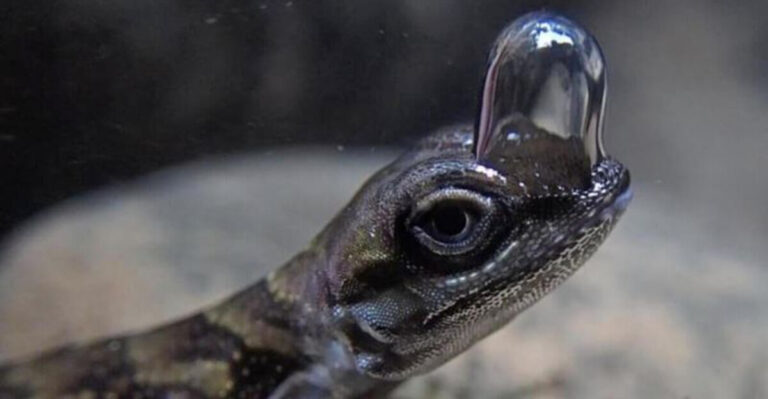Fossil Diver Discovers Extremely Rare Megalodon Tooth In Florida
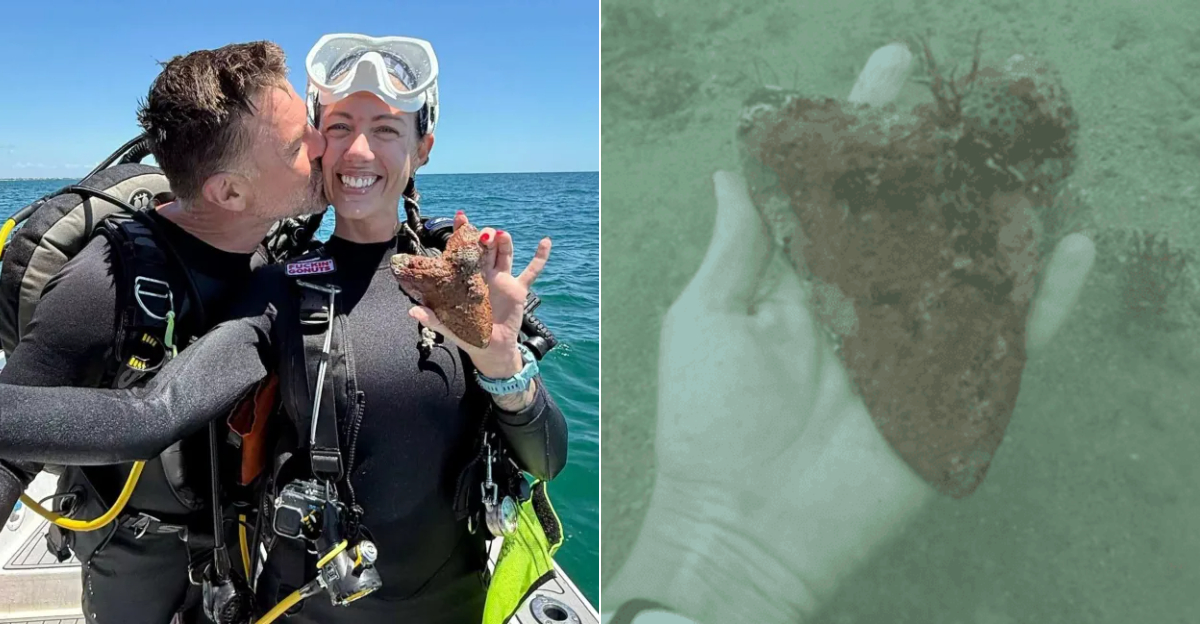
Imagine swimming in murky waters and suddenly spotting a massive prehistoric shark tooth! That’s exactly what happened to fossil diver Kristina Scott in Venice, Florida.
Her discovery of an extremely rare six-inch Megalodon tooth has sparked excitement throughout the paleontological community and offers a fascinating glimpse into Earth’s ancient oceans.
1. Fossil Diver Discovers Rare Megalodon Tooth In Florida
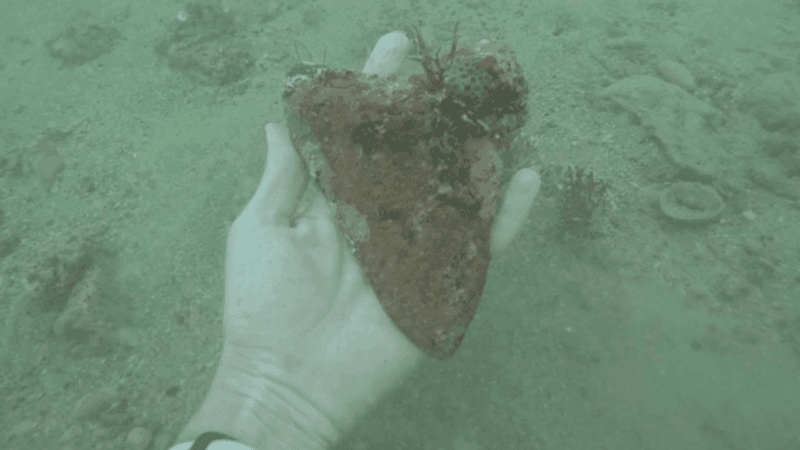
A jaw-dropping moment occurred when fossil enthusiast Kristina Scott spotted something unusual glinting in Florida’s murky waters.
What she initially thought might be just another everyday find turned out to be extraordinary – a perfectly preserved Megalodon tooth! The discovery happened during a routine diving expedition, proving that sometimes the most amazing treasures appear when you least expect them.
2. Kristina Scott’s Incredible Discovery: A Six-Inch Megalodon Tooth
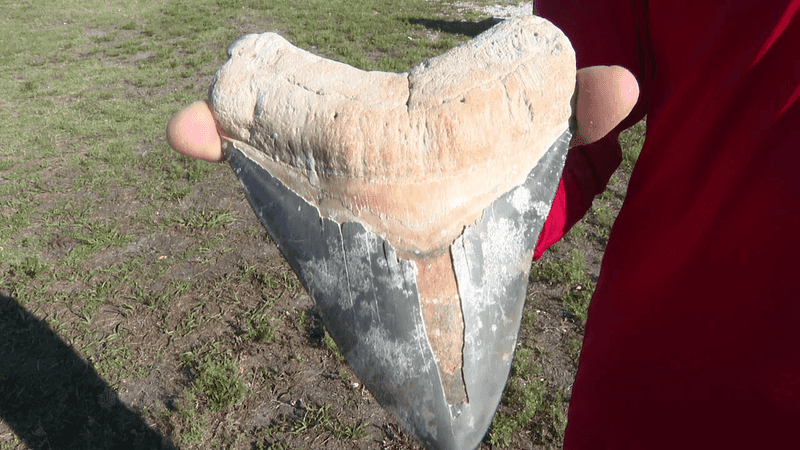
Measuring a whopping six inches from tip to base, Kristina’s find ranks among the largest Megalodon teeth ever discovered in Florida.
Most teeth from these prehistoric sharks measure between 3-5 inches, making this specimen particularly exceptional. The tooth’s impressive size hints at the enormous proportions of the creature that once wielded it millions of years ago.
3. The Significance Of Finding A Megalodon Tooth In Venice, Florida
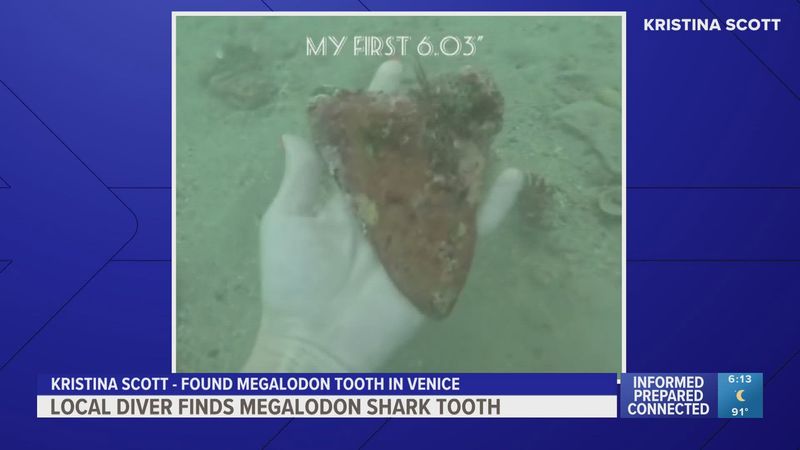
Venice earned its nickname as the “Shark Tooth Capital of the World” for good reason. Ancient ocean currents deposited countless fossils in this region, creating a unique underwater treasure trove.
While smaller shark teeth are common finds, complete Megalodon specimens of this size and quality remain exceedingly rare. Scientists estimate less than a dozen comparable examples have been found in the area.
4. Kristina Scott’s Adventure That Turned Into A Historic Find

Braving chilly waters and limited visibility, Kristina wasn’t expecting history-making results that day. Fossil diving requires patience, specialized equipment, and knowledge of local underwater geography.
Kristina had spent years honing her skills, learning to distinguish ordinary rocks from potential treasures. Her persistence finally paid off with a discovery that would make headlines around the scientific community.
5. An Ancient Predator’s Teeth Found After Millions Of Years
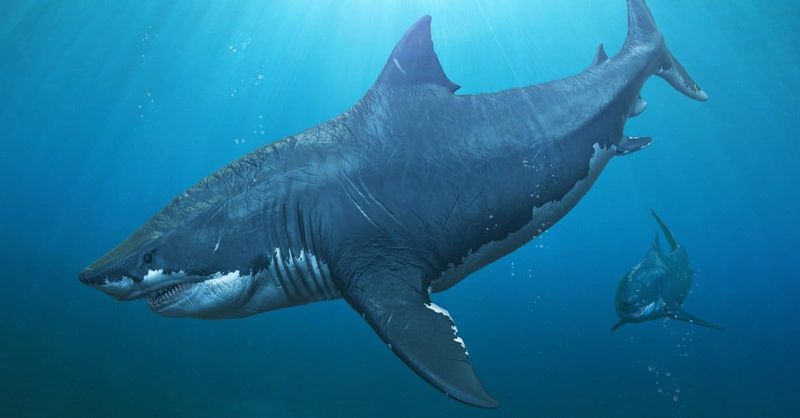
Roaming Earth’s oceans between 23 and 3.6 million years ago, Megalodons were true ocean titans. Growing potentially up to 60 feet long, these prehistoric sharks dwarfed even the largest modern great whites.
Their teeth – the only part that regularly fossilizes – tell scientists about their hunting habits, size, and evolutionary relationships. Finding such a pristine specimen offers researchers valuable data about these magnificent extinct predators.
6. How Fossil Divers Search For Ancient Treasures In Florida’s Waters
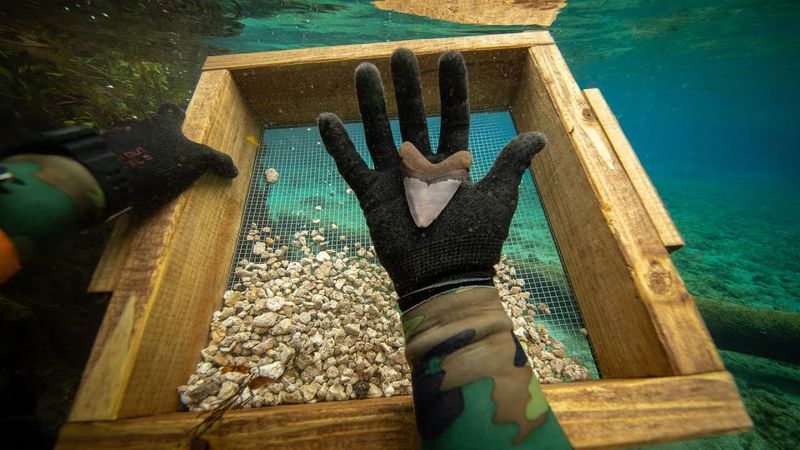
Florida’s underwater fossil hunting involves more strategy than luck. Experienced divers target areas where erosion exposes ancient sediment layers, particularly after storms have shifted seafloor materials. Many use specialized scoops and sifting screens to carefully sort through material.
The best hunters develop an almost sixth sense for recognizing the distinctive shape and texture of fossilized material among ordinary rocks and debris.
7. Why They’re So Rare And Valuable To Fossil Collectors
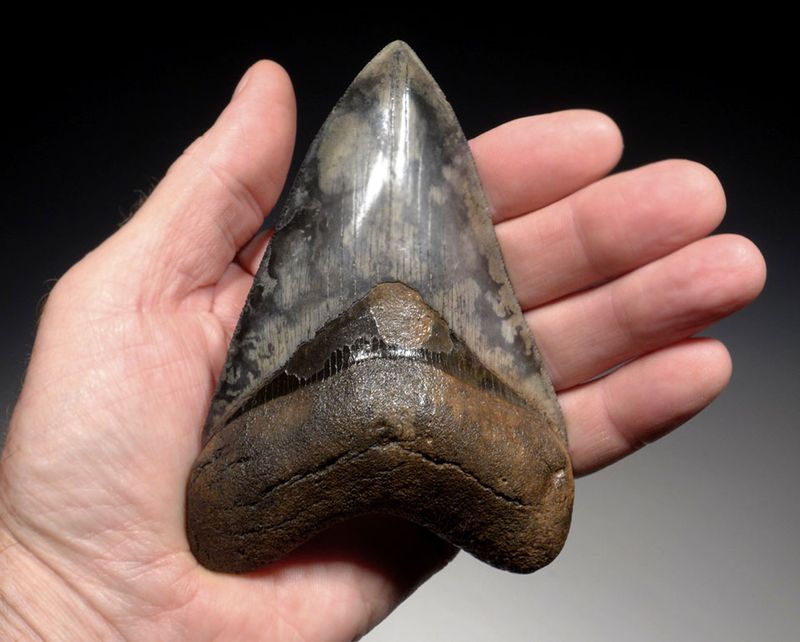
Money talks when it comes to premium Megalodon specimens! Top-quality examples like Kristina’s can fetch between $1,000 and $20,000 depending on size, preservation, and coloration.
What makes them so valuable? Their scarcity, for one – the largest specimens are extremely uncommon. Additionally, teeth provide our main window into understanding these extinct ocean giants, making them scientifically significant beyond their market value.
8. From Fossil Diving To Finding The Megalodon Tooth
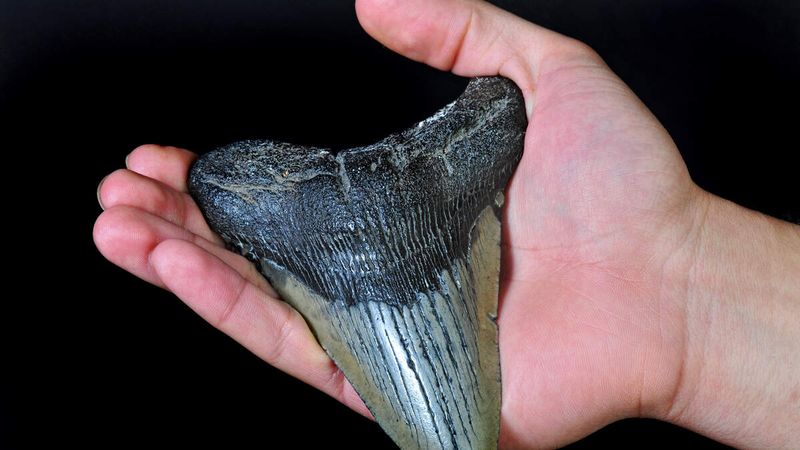
Stumbling upon prehistoric treasure wasn’t beginner’s luck for Kristina. Her journey began with a childhood fascination with dinosaurs that eventually led her to fossil hunting as an adult. Years of weekend expeditions yielded smaller finds, gradually building her expertise.
The Megalodon tooth discovery represents the culmination of countless hours underwater, searching methodically through sediment with trained eyes that could spot the distinctive serrated edge among ordinary rocks.
9. The Megalodon’s Impact On Prehistoric Oceans: What We Know
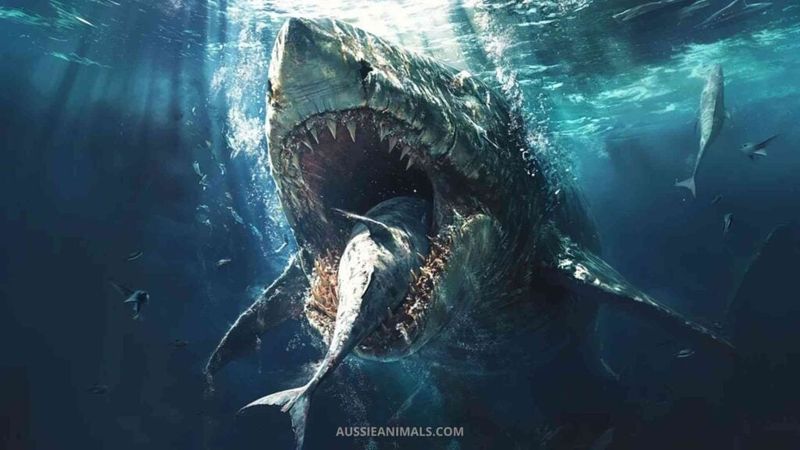
Ruling the seas for over 20 million years, Megalodons shaped entire marine ecosystems. Their preferred menu featured whales, seals, and other large marine mammals, with teeth designed for slicing through tough blubber and bone.
Scientists believe these apex predators influenced the evolution and behavior of many marine species. The tooth Kristina found likely belonged to an adult specimen that would have required massive amounts of food to sustain its enormous body.
10. How Kristina Scott Identified The Megalodon Tooth In Venice’s Waters
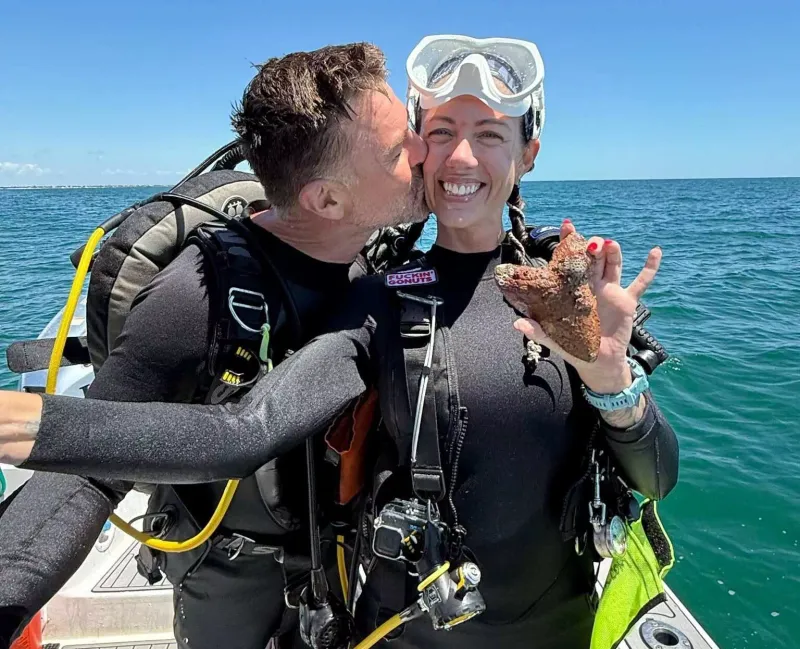
Recognition happened in an instant for Kristina when she spotted the distinctive triangular shape partially buried in sediment. Megalodon teeth have unique characteristics – large size, triangular shape, and fine serrations along the edges that differentiate them from other shark species.
Careful extraction was crucial to prevent damage. Once safely ashore, Kristina confirmed her find by comparing it to reference materials and consulting with local fossil experts.
11. What The Discovery Of A Megalodon Tooth Means For Fossil Research

Fresh discoveries like Kristina’s continue to refine our understanding of prehistoric marine life. Scientists can analyze the tooth’s composition, size, and wear patterns to gather data about the individual shark’s diet, age, and environment.
Each new specimen helps researchers build a more complete picture of Megalodon populations. The location of this find also provides valuable information about the ancient geographic distribution of these massive predators in what is now Florida.
12. Exploring Venice, Florida: A Hotspot For Fossil Divers And Ancient Discoveries
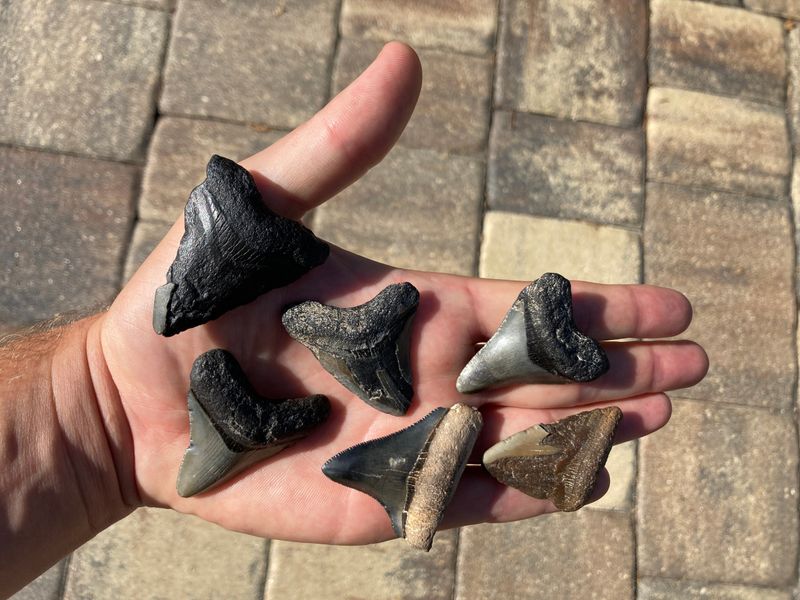
Venice Beach offers more than just sunbathing opportunities! This Gulf Coast paradise sits atop what was once ancient seafloor, preserving millions of years of marine history in its sedimentary layers. Local phosphate deposits create ideal conditions for fossil preservation.
Weekend warriors regularly comb the shoreline after storms, while serious hunters like Kristina venture offshore where larger specimens await. The area’s reputation draws fossil enthusiasts from around the world.
13. What Other Treasures May Still Be Waiting To Be Found?
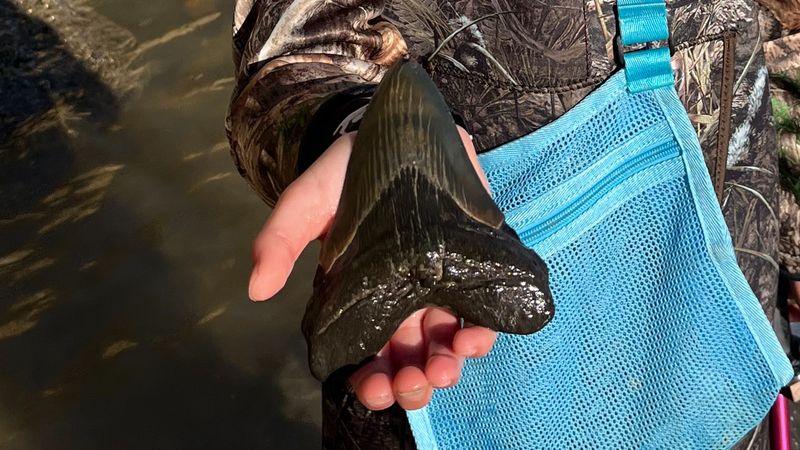
Kristina’s remarkable find raises tantalizing questions about what else might lurk beneath Florida’s coastal waters. Beyond Megalodon teeth, the region potentially holds fossils from ancient whales, manatees, and other extinct marine creatures.
Climate change and coastal erosion continuously expose new fossil beds. As technology advances, future divers might employ underwater drones or specialized imaging equipment to locate specimens in previously inaccessible areas.





